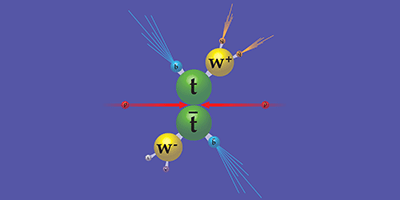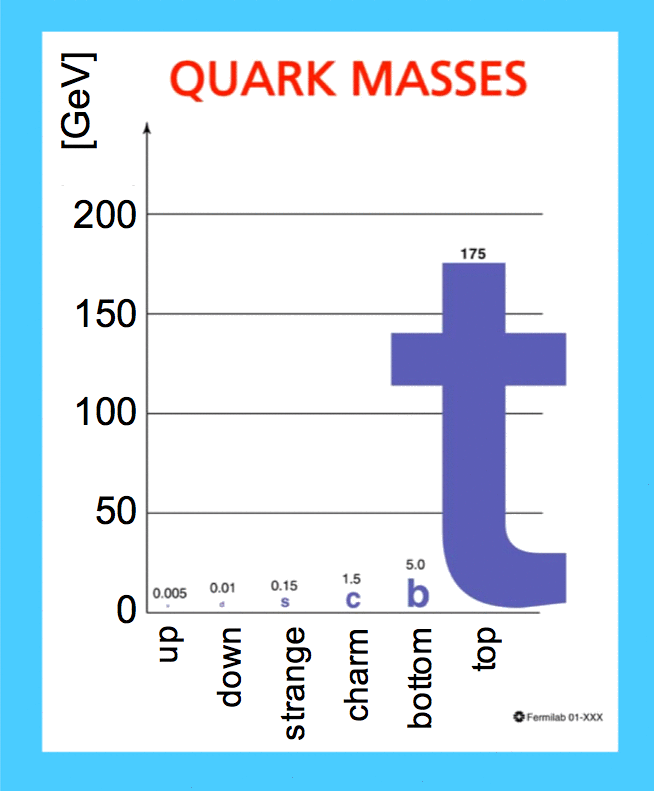

This is why the Higgs boson is seen as a portal to new physics.Ī more direct manifestation of the Higgs-top coupling is the emission of a Higgs boson by a top-antitop quark pair. However, undiscovered heavy new-physics particles could likewise participate in this type of decay and alter the result.

Its measurement allows us to indirectly infer the value of the Higgs-top coupling. The probability of this process occurring varies with the strength of the interaction (known as coupling) between the Higgs boson and top quarks. Quantum mechanics allows the Higgs to fluctuate for a very short time into a top quark and a top anti-quark, which promptly annihilate each other into a photon pair. The Higgs boson interacts only with massive particles, yet it was discovered in its decay to two massless photons. (The electron volt is a unit of energy, related to mass via E = mc 2.Geneva, 4 June 2018. The proton, made of two ups and one down, has a mass of just under 1 GeV.

Although a fundamental particle with no discernible structure, the top quark turns out to have a mass of 175 billion electron volts (GeV)-as much as an atom of gold and far greater than most theorists had anticipated. But the top proved exasperatingly hard to find. Physicists had known that the top must exist since 1977, when its partner, the bottom, was discovered. It requires that leptons and quarks each come in pairs, often called generations. The Standard Model describes the interactions among these building blocks. Heavier quarks (such as the charm, strange, top and bottom quarks) and leptons, though abundant in the early moments after the big bang, are now commonly produced only in accelerators. Along with the electrons, these make up the entire periodic table. The lightest quarks, designated “up” and “down,” make up the familiar protons and neutrons. Along with leptons-the electron and its relativesquarks are the building blocks of matter. The top quark is the sixth, and quite possibly the last, quark. A decades-long search for one of the last missing pieces in the Standard Model of particle physics had come to an end. In back-to-back seminars, physicists from rival experiments within the lab announced the discovery of a new particle, the top quark. In March 1995 scientists gathered at a hastily called meeting at Fermilab-the Fermi National Accelerator Laboratory in Batavia, Ill., near Chicago-to witness a historic event. We have resurfaced this article to commemorate the end of the Tevatron. Editor's note: This article was originally published in the September 1997 issue of Scientific American (a PDF version of the original is available for purchase below).


 0 kommentar(er)
0 kommentar(er)
